Serpae tetra - Hyphessobrycon serpae
Scientific name: Hyphessobrycon serpae
Common name: Serpae tetra
Family: Characidae
Usual size in fish tanks: 3 - 4 cm (1.18 - 1.57 inch)
014
Recommended pH range: 5.5 - 7.5
Recommended water hardness: 4 - 12°N (71.43 - 214.29ppm)
0°C 32°F30°C 86°F
Recommended temperature range: 24 - 28 °C (75.2 - 82.4°F)
The way how these fish reproduce: Spawning
Where the species comes from: South America
Temperament to its own species: peaceful
Temperament toward other fish species: peaceful
Usual place in the tank: Middle levels
Tank Requirements
Serpae Tetras (Hyphessobrycon serpae) are small but active fish, well-suited for community tanks with other peaceful species. These vibrant tetras are best kept in groups of at least six to prevent fin-nipping tendencies, which can occur if they feel stressed or kept in small numbers. A minimum tank size of 60 liters (15 gallons) is recommended for a school of Serpae Tetras. They thrive in densely planted aquariums, where plants provide hiding places and reduce stress.
Maintain the water temperature between 24-28°C (75.2-82.4°F), with a pH range of 5.5-7.5, and water hardness between 4-12°N (71.43-214.29 ppm). These tetras prefer slightly acidic to neutral water conditions, and regular water changes are essential to maintain their health and vibrant coloration. Adding a dark substrate and dim lighting can help bring out the best in their colors.
Tankmates
Serpae Tetras are generally peaceful but may exhibit fin-nipping behavior if kept in too small a group or in stressful conditions. Ideal tankmates include other peaceful species that can tolerate similar water conditions. Suitable companions include:
- Neon Tetra (Paracheirodon innesi)
- Rummy Nose Tetra (Hemigrammus bleheri)
- Miguelito corydoras (Corydoras virginiae)
- Dwarf Gourami (Colisa lalia)
Feeding
Serpae Tetras are omnivores and will readily accept a wide variety of foods. A high-quality flake food can serve as their staple diet, but to keep them healthy and enhance their coloration, supplement their diet with small live or frozen foods such as brine shrimp, daphnia, or bloodworms. Additionally, they enjoy occasional plant-based foods like spirulina flakes or algae wafers. Feeding them once or twice a day in small amounts they can consume within a few minutes will prevent overfeeding and help maintain water quality.
Sexing
Sexing Serpae Tetras can be challenging, as there are no significant external differences between males and females. However, mature females tend to be rounder and fuller in the body, especially when viewed from above, due to their eggs. Males may have slightly brighter colors, especially during breeding periods.
Breeding
Breeding Serpae Tetras in a home aquarium can be accomplished with the right conditions. They are egg-layers and scatter their eggs on plants or other surfaces. A separate breeding tank with fine-leaved plants such as Java Moss or spawning mops is recommended, as the parents will eat the eggs if left in the same tank.
To encourage breeding, gradually increase the temperature to about 26-28°C (78.8-82.4°F) and ensure the water is slightly acidic with a pH around 6.5. The female will lay hundreds of eggs, which will hatch in approximately 24-48 hours. After spawning, remove the adults to prevent them from consuming the eggs. Once the fry are free-swimming, they can be fed infusoria or liquid fry food until they are large enough to accept newly hatched brine shrimp.
Lifespan
Serpae Tetras can live up to 5 years in captivity if provided with proper care, including regular water changes, a balanced diet, and a stress-free environment.
Short Description
The Serpae Tetra (Hyphessobrycon serpae) is a small, colorful, and active species, making it a favorite among aquarists. These tetras display a fiery red body with a distinctive black spot behind the gills, and their striking appearance adds vibrancy to any aquarium. They are best kept in schools of six or more to reduce aggressive tendencies, and they thrive in well-planted tanks with plenty of hiding spots. While easy to care for, they require stable water conditions and a balanced diet to maintain their health and vibrant coloration.
Pictures
Thanks to halkor who has allowed us to use the pictures. Others were bought.
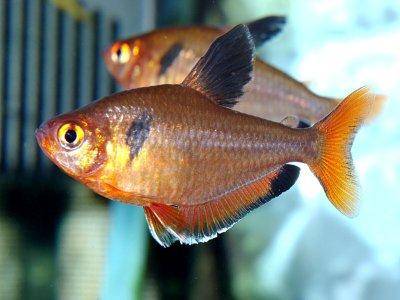









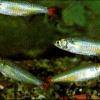 Bloodfin
Bloodfin 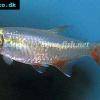 Bloodfin
Bloodfin  Panda
Panda 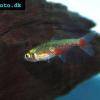 Green
Green 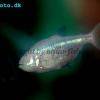 Blind
Blind  Kennedy
Kennedy 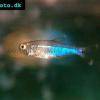 Blue
Blue 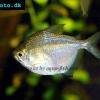 Discus
Discus 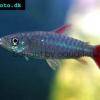 Pink
Pink 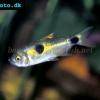 Bucktoothed
Bucktoothed 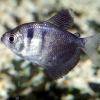 Black
Black 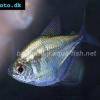 False
False 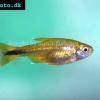 Silver
Silver  Hemigrammus
Hemigrammus 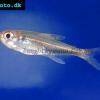 Dash-dot
Dash-dot  Rummy
Rummy 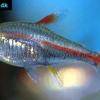 Glowlight
Glowlight 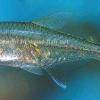 January
January 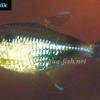 Head
Head 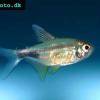 Garnet
Garnet 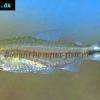 Rummy
Rummy  Gold
Gold  Red
Red 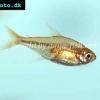 Ember
Ember 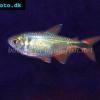 Buenos
Buenos 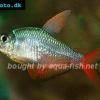 Colombian
Colombian 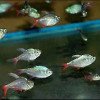 Ecuador
Ecuador  Bleeding
Bleeding 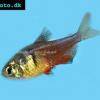 Flame
Flame 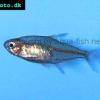 Georgett’s
Georgett’s 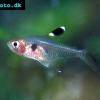 Griems
Griems  Kitty
Kitty 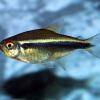 Black
Black 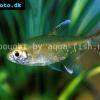 Firefin
Firefin 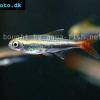 Loreto
Loreto 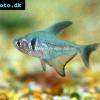 Black
Black 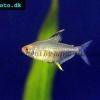 Lemon
Lemon 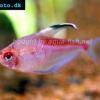 Redback
Redback 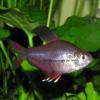 Rosy
Rosy 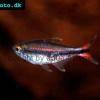 Savanna
Savanna 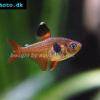 Red
Red 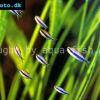 Blue
Blue 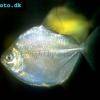 Silver
Silver 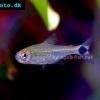 Ceros
Ceros  Napo
Napo 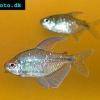 Diamond
Diamond 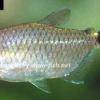 Red
Red 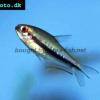 Rainbow
Rainbow 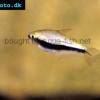 Emperor
Emperor  Cardinal
Cardinal 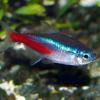 Neon
Neon 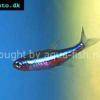 Green
Green 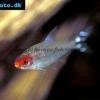 False
False  Glass
Glass 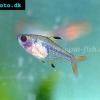 X-ray
X-ray 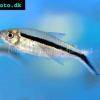 Penguin
Penguin